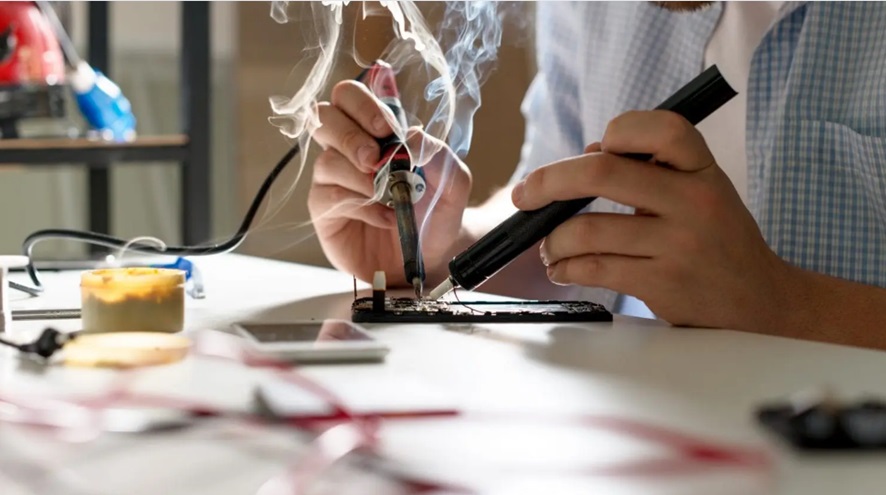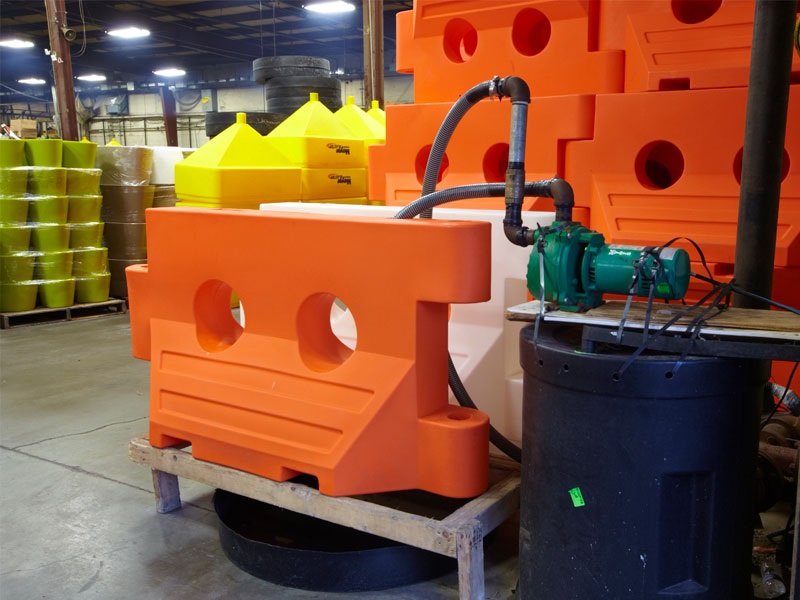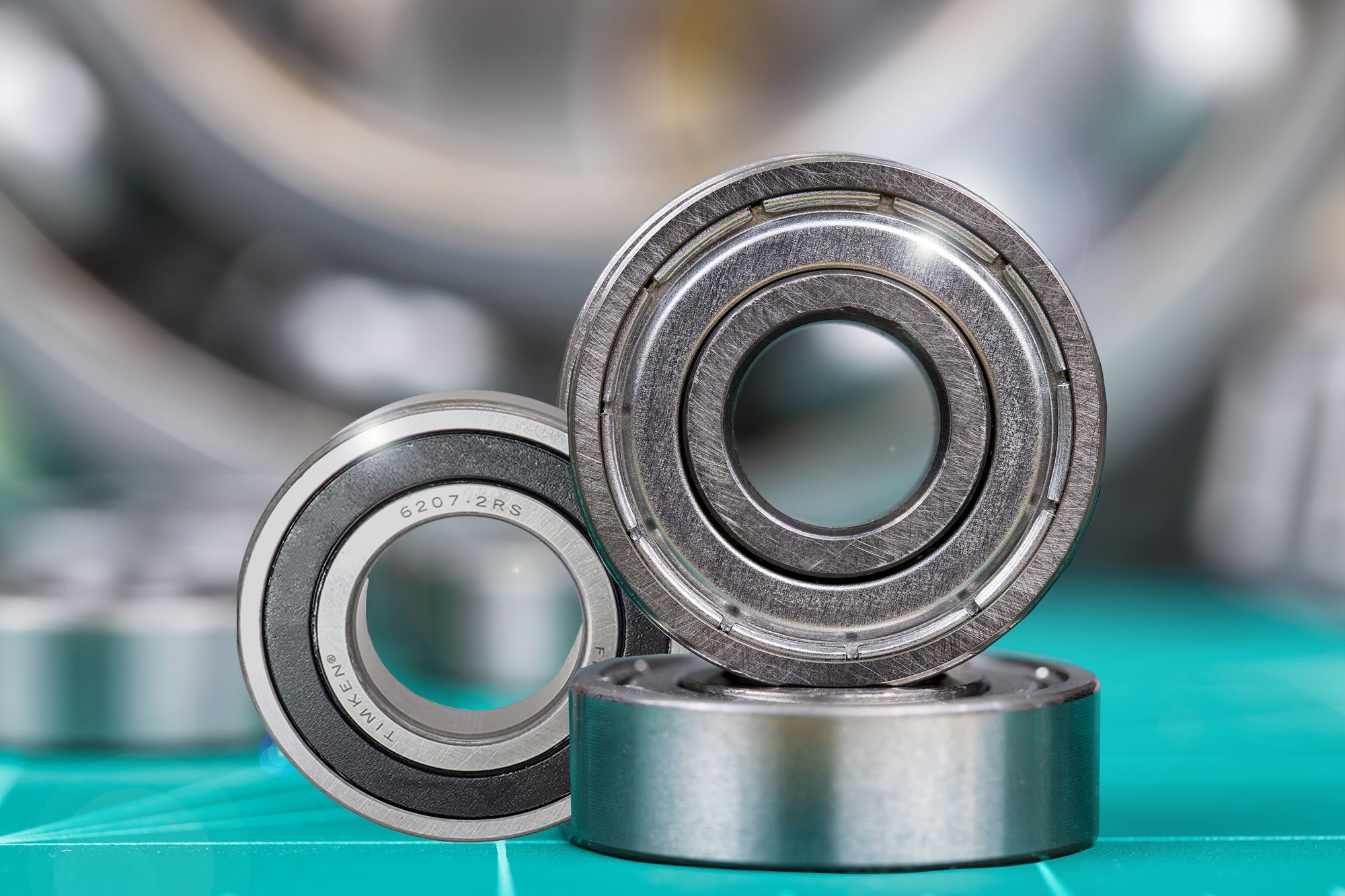Common Mistakes to Avoid When Using a Solder Fume Extractor
Soldering is a meticulous process that demands precision and care, but it also presents certain health hazards. Using the best solder fume extractor is essential to ensure a safe and healthy work environment. These devices are specifically designed to remove harmful fumes generated during the soldering process. However, even with this equipment, certain common mistakes can reduce its effectiveness and compromise safety.
Incorrect Placement
One critical error is the improper placement of the fume extractor. For optimal performance, the unit should be positioned as close to the source of the fumes as possible. A gap of just a few inches can significantly affect its ability to capture and filter out hazardous particles. Positioning the extractor too far away can allow fumes to disperse, increasing inhalation risks.
Neglecting Regular Maintenance
Routine maintenance is another crucial aspect of effective fume extraction. Over time, the filters in the extractor can become clogged with particles, reducing their efficiency. It’s important to follow the manufacturer’s guidelines for filter replacement and cleaning schedules. Neglecting this can lead to greater exposure to harmful substances and reduce the lifespan of the equipment.
Underestimating Fume Hazards
Another common mistake is underestimating the dangers associated with solder fumes. Dangerous chemicals, such as lead and rosin, can be present in the smoke generated during soldering. These substances can cause serious health issues, including respiratory problems and neurological damage. It’s essential to understand these risks and ensure that the fume extractor is always in use and functioning correctly.
Using Inadequate Equipment
Sometimes, choosing an inadequate or low-quality fume extractor can be a costly mistake. In certain situations, a basic model may not provide the necessary filtration required for more hazardous materials. Conduct thorough research or seek professional advice to select the right type of fume extractor that matches the specific requirements of your soldering tasks. For instance, understanding everything you need to know about fume extractors can greatly assist in making an informed decision.
Ignoring Workplace Layout
The layout of the work environment can also play a significant role. Workspaces with poor ventilation can exacerbate the concentration of hazardous fumes. It’s essential to combine the use of a fume extractor with good overall ventilation practices. Ensuring there is adequate airflow helps dilute the concentration of harmful substances, providing a safer work area.
Inadequate Training and Awareness
Even the best equipment will be ineffective if users are not properly trained. Awareness and training on how to use the fume extractor correctly are paramount. Workers should be well-informed about the types of fumes they may encounter and the correct usage of the equipment. To know more about whether you need a solder fume extractor and how to operate it, you may check out this blog.
Conclusion
Ensuring proper usage of a solder fume extractor is not just about turning on the device. It involves understanding and avoiding common mistakes such as improper placement, neglect of maintenance, and underestimating the toxicity of solder fumes. By being informed and vigilant about these aspects, workers can significantly reduce health risks and maintain a safer working environment.
Frequently Asked Questions
How often should the filters in a solder fume extractor be replaced?
It depends on the frequency and intensity of the soldering work. Always follow the manufacturer’s guidelines for filter replacement.
Can a fume extractor be used in all types of soldering environments?
While they are versatile, it’s crucial to select a model that suits the specific needs of your soldering environment.




